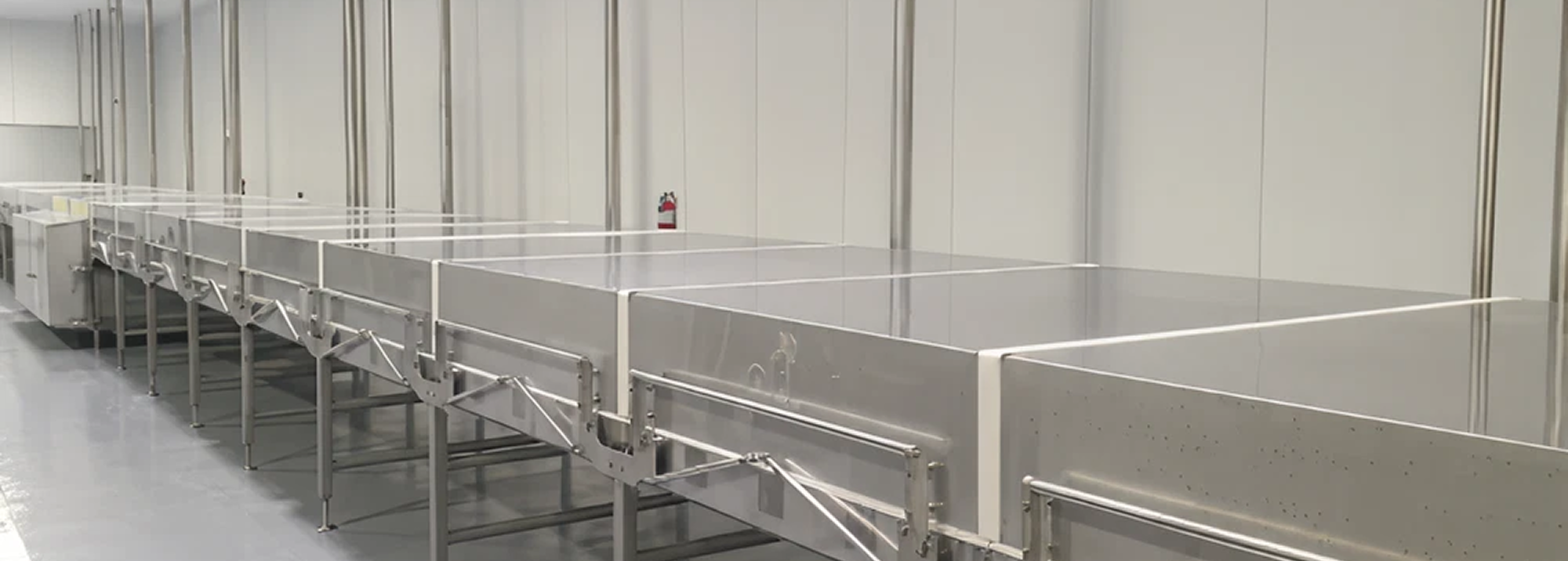Why hygienic equipment design is crucial to solving a $10 million problem
We are becoming increasingly susceptible to allergens. Research from the US Centers for Disease Control and Prevention estimate that 32m Americans have food allergies.

We are becoming increasingly susceptible to allergens. Research from the US Centers for Disease Control and Prevention estimate that 32 million Americans have food allergies, including 5.6 million children under age 18. That’s one in 13 children, or roughly two in every classroom.
The Food Safety Modernization Act (FSMA) includes prevention of allergen contamination as an explicit part of good practice when it comes to food processing – it’s not just about foodborne pathogens. That’s because of an increasing awareness that a number of these can be life-threatening. Allergens are usually grouped into the ‘big eight’ and all of their derivatives:
- Peanuts
- Tree nuts (almonds, cashews, pine nuts etc.)
- Milk
- Eggs
- Crustaceans (crab, lobster etc.)
- Fish
- Soy
- Wheat
In New Zealand, there were 66 food recalls in 2018, a sharp increase from previous years. A New Zealand Food Safety (NZFS) spokeswoman said this was due to the enhanced awareness of allergens and their potential impacts. The New Zealand Food and Grocery Council (FGC) says these recalls are costing New Zealand’s biggest manufacturing sector millions.
On a much larger scale, the same trend is true for the US. According to the US Department of Agriculture Food Safety and Inspection Services, undeclared allergens are the leading cause of recalls across the country. Recent research by the Food Marketing Institute shows that the average cost of a recall to a food manufacturer can add up to $10 million in direct costs.
The proactive approach to allergen contamination, which the FSMA encourages, is to build good hygiene practice into the design and manufacture of food processing equipment.
Which equipment minimizes risks from pathogens or allergens, while enabling maximum production capacity?
At PTL, our equipment is designed to several international standards; our focus goes beyond the equipment itself, as sanitation and hygiene are primary factors for us. The materials we use to build the equipment always meet strict industry allergen standards. We make sure that:
Any equipment we design and build minimizes or eliminates bacterial build-up. Our attention to detail, no matter how minute, ensures that, if properly cleaned, contamination is eliminated.
The materials we use to build the equipment always meet strict industry allergen standards.
We know that washing on-line can be troublesome. Our equipment offers fast and easy changeovers and wash-down options.
Cleaning is more contained with this method.
We ensure that all surfaces are smooth, sharp edges are removed, and operator safety is taken into account.
Non-product contact surfaces are also designed with hygiene in mind because even with the highest standards of containment, bacteria can still travel from one part of the facility to another.
We also provide direction and guidance on how best to clean the equipment post-deployment, to ensure that hygiene standards are always met.
Safe food production starts and ends with hygiene. Your reputation as a food manufacturer hinges on your ability to control hygiene to the highest standards, prevent contamination and eliminate allergen hazards.